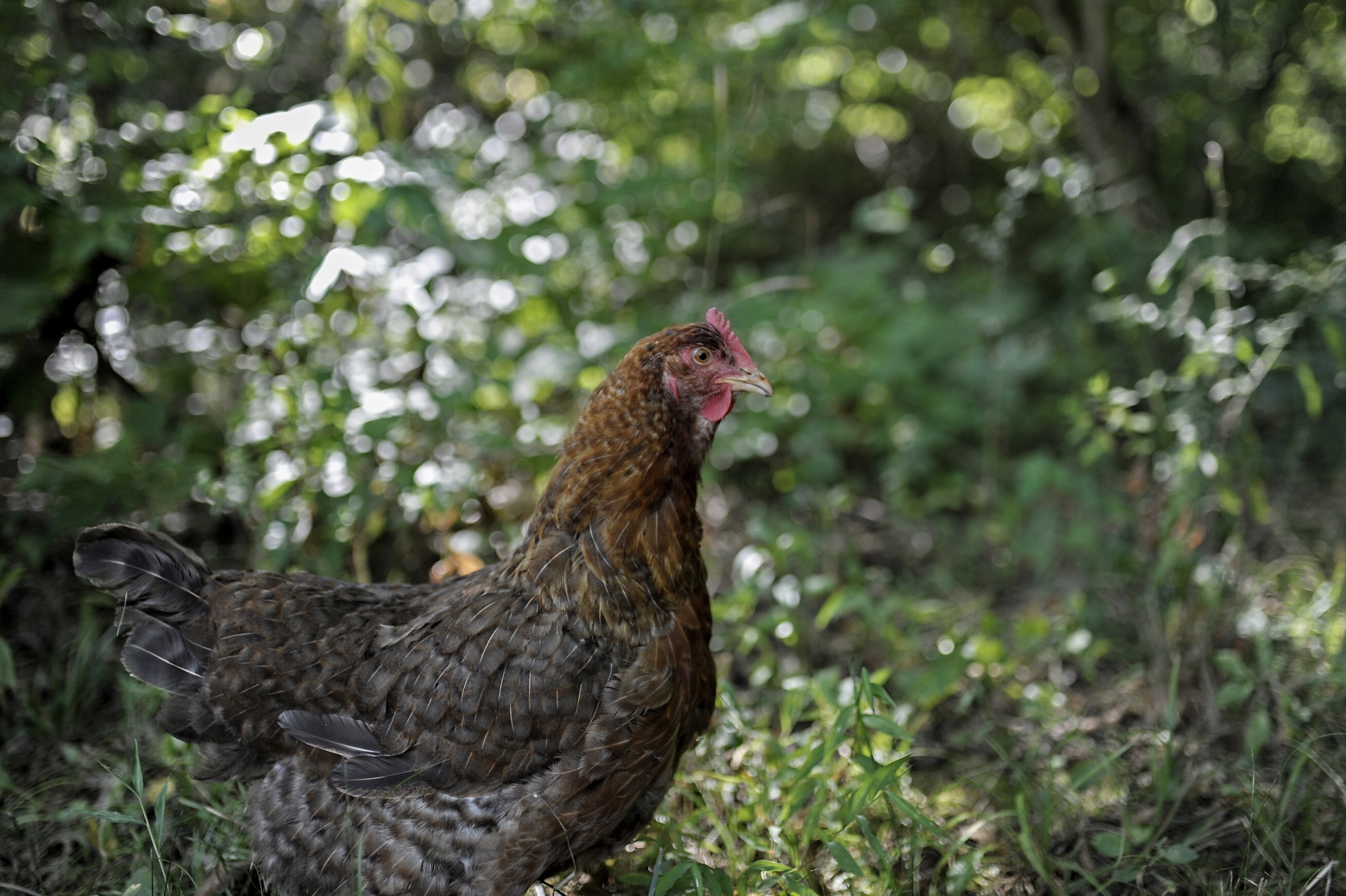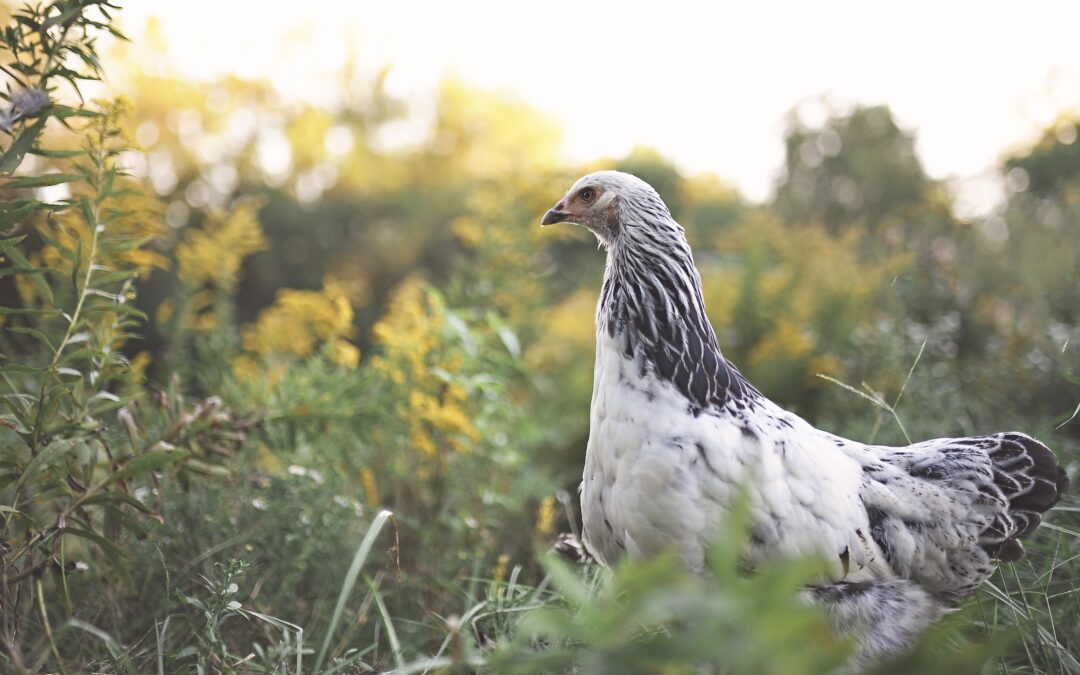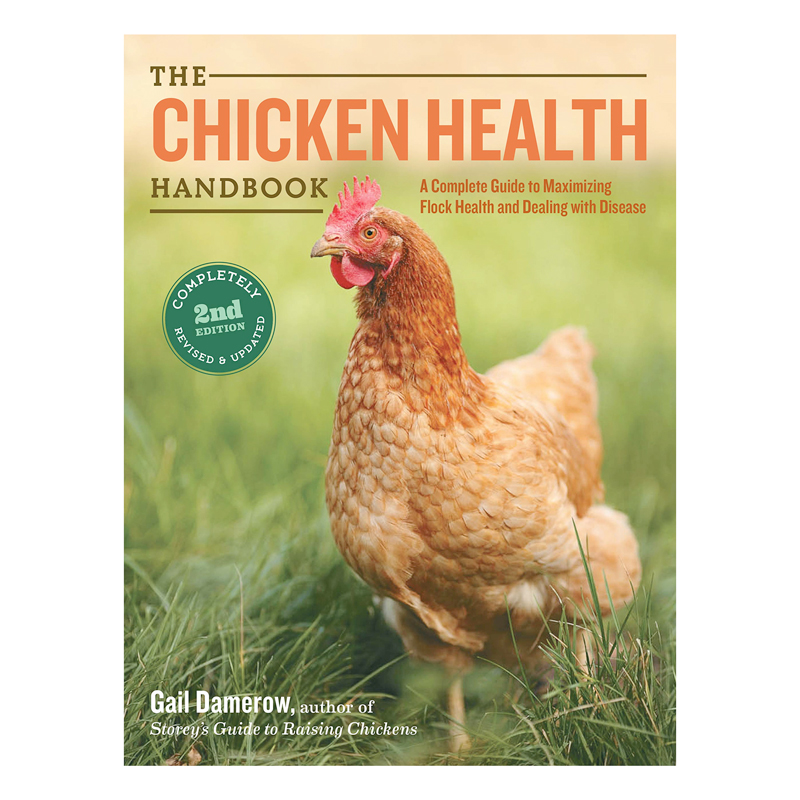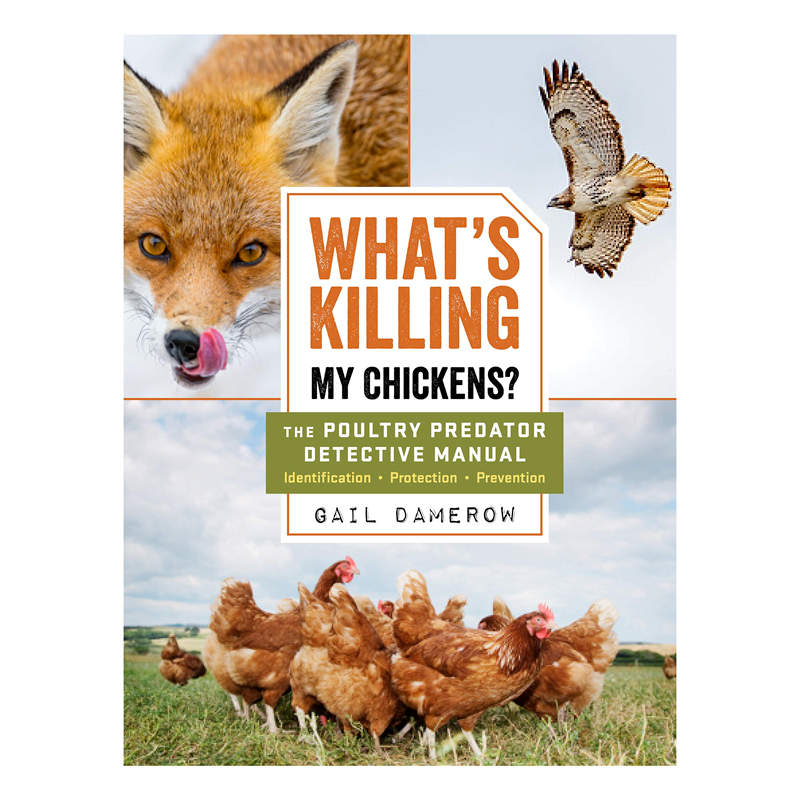A familiar issue for flock owners is the possibility that their chickens have worms. Continuing our interview series with Gail Damerow, poultry expert and best-selling author, we ask her how chickens get worms and how to prevent worms in chickens.
How commonly do chickens to have worms?
“Most chickens have worms, or helminths, somewhere in their bodies. But chickens in a healthy environment become resistant to worms as they mature. Therefore, parasitic worms are typically not nearly as harmful to chickens as lice and mites.
“Resistant chickens show few, if any, signs of having worms. But a worm load can become a serious problem if chickens peck in the same yard year after year,” Damerow cautions.
How do chickens get worms?
“The important thing to understand is that worms do not multiply inside a chicken’s body. A chicken must acquire each worm, egg, or larva from the environment.
“Depending on the worm species involved, these parasites may infect chickens in one of two ways: directly or indirectly. Worm species acquired directly are those whose eggs or larvae are released by a chicken in its poop and then ingested by the same chicken, or by a flock mate.
“Most worm species, however, are acquired indirectly. Some other creatures, such as a beetle or an earthworm, must first eat the worm eggs or larvae. This other creature is the intermediate host. A chicken acquires a parasitic worm by eating the intermediate host, larva and all. More than half the roundworms and all the tapeworms that invade chickens are acquired indirectly,” she explains.
How many different kinds of worms are we dealing with?
“The two main groups of helminths are roundworms and flatworms. Roundworms, also called nematodes, are thin and threadlike. Some 19 different species invade different parts of a chicken’s body, such as the eye, windpipe, crop, stomach, gizzard, intestine, or ceca.
“By contrast, flatworms are ribbonlike rather than tubular. In North America, the most common flatworm is the tapeworm, or cestode, of which about 8 species affect chickens.”
How serious is the problem?
“The severity of a worm load depends on how many infective worm eggs or larvae the chicken ingests over time. Since a large worm load usually develops gradually, it therefore tends to be chronic. That makes worms difficult to eradicate. And a serious infestation left untreated can potentially result in a chicken’s death,” warns Damerow.
“However, in a backyard flock where proper preventive measures are taken, chickens are less likely to be seriously affected as they mature. They are also more likely to develop natural resistance to the worms in their environment.”

How can we prevent worms in chickens?
“First, we need to realize that helminths can infect chickens only if the parasitic worms exist in the chickens’ environment. Common ways helminths enter a chicken yard are by means of chickens from some other environment, and by wild birds,” she states.
“So, the easiest way to avoid introducing any kind of helminth is to take measures to discourage wild birds from nesting and foraging in the chicken yard. You should also avoid bringing in new chickens, other than newly hatched chicks that haven’t yet been exposed to parasites.
“Another important consideration is that most roundworm species affecting chickens also affect other types of poultry. For instance, the stomach worm, Tetrameres fissispina, can infect guinea fowl, turkeys, pigeons, ducks, and geese as well as chickens. So, the same concept applies regarding introducing other types of poultry into the chicken yard.”
What else can we do to prevent worms in chickens?
“Keep chickens from picking in their poop. For instance, you might install a structure underneath roosts that allows overnight droppings to fall through either wooden slats or wire mesh, such as hardware cloth. That way the birds don’t have access to pick in the accumulating poop. Or, you might have an easily cleanable droppings board under roosts so you can clear off the poop each morning,” Damerow suggests.
“Another measure to prevent worms in chickens is to rotate your yard or pen. Where space is insufficient for separate individual runs, you might use a chicken tractor or mobile coop and move it periodically. After each move, mow or till the previous area to expose parasites to the drying sun.
“Knowing which intermediate host or hosts a specific helminth requires is also helpful. For example, controlling cockroaches helps control at least five different species of roundworm. Controlling houseflies helps control the sawtooth tapeworm, Choanotaenia infundibulum.
“The Chicken Health Handbook has a full chapter detailing each type of worm, including the intermediate hosts for each, and includes a list of poultry species affected by each type of worm. It also includes measures for control and treatment, both chemical and natural, which will be discussed in an upcoming blog.”

Gail Damerow has been keeping chickens for nearly 50 years and has written several books about them including Storey’s Guide to Raising Chickens, The Chicken Health Handbook, The Chicken Encyclopedia, Hatching and Brooding Your Own Chicks, and What’s Killing My Chickens. For more about Ms. Damerow, visit her blog at GailDamerow.com.
Gail Damerow’s headshot courtesy of Kathy Shea Mormino.
Feature photo of a Light Brahma and photo of a Bielefelder courtesy of Cassandra Haring.




